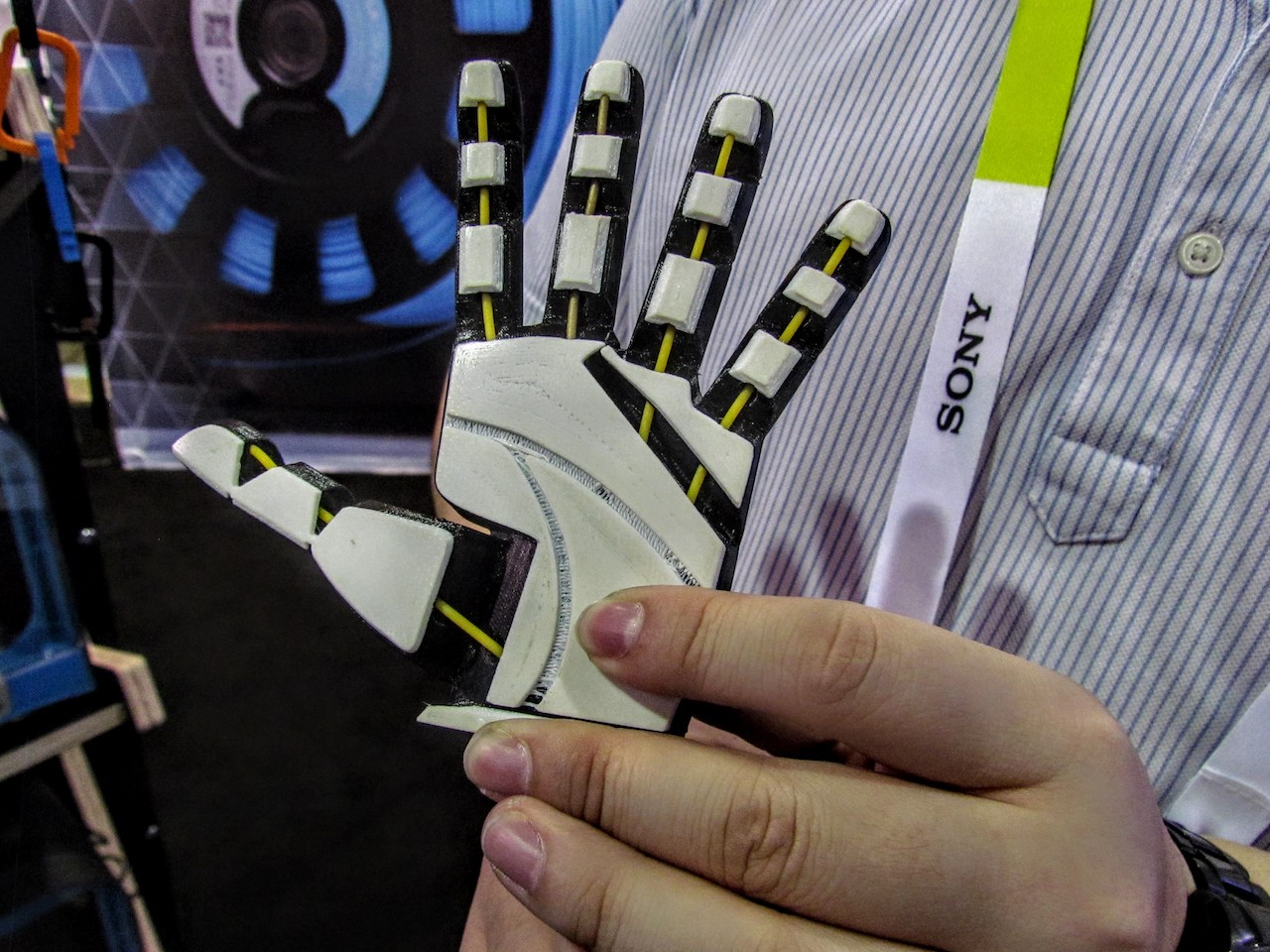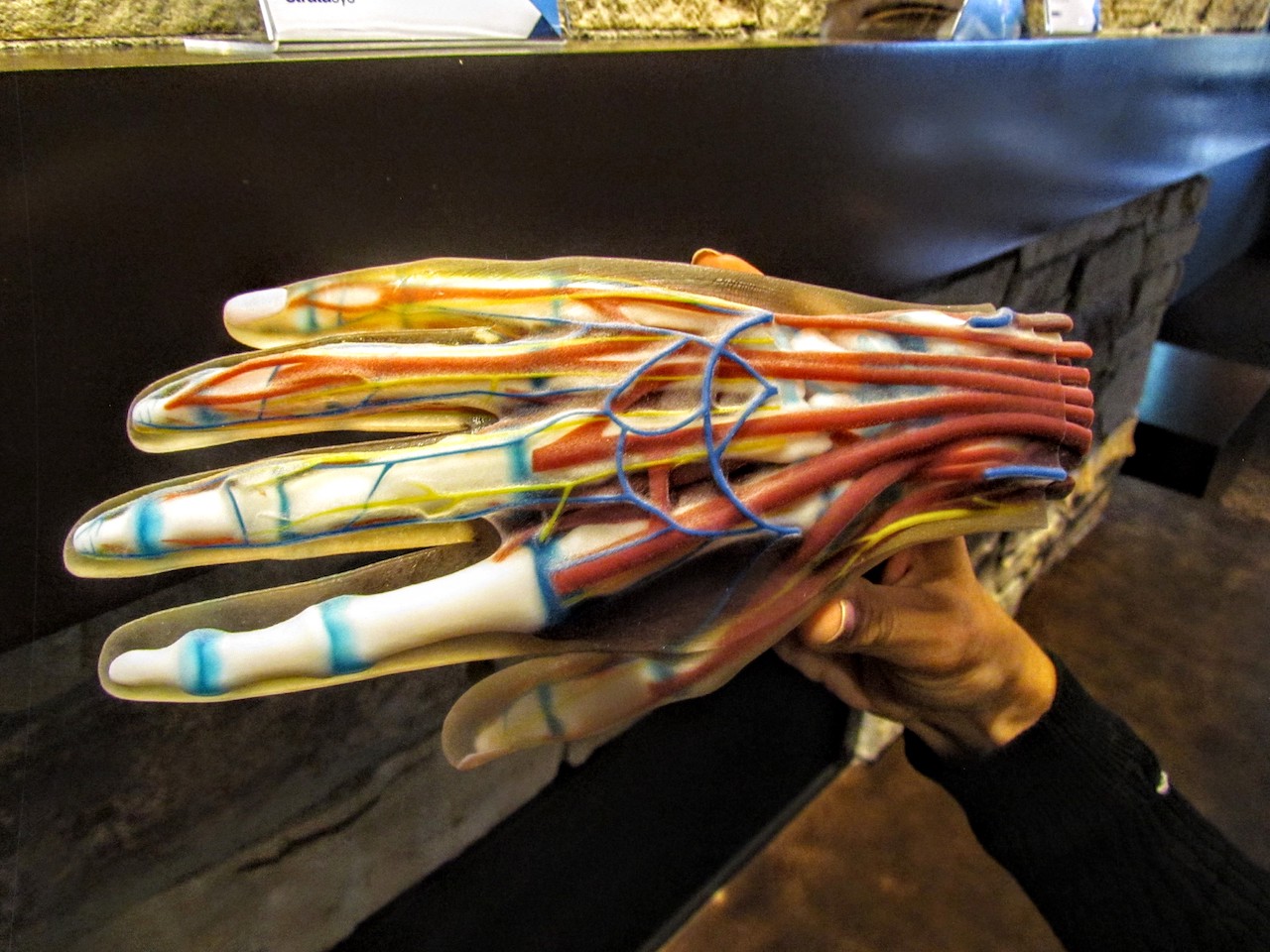
Digital technology gives us more capabilities and even lets us have a lot of fun.
Security, however, has become the dark side of the digital revolution, as hackers and intruders wreak havoc on networks and steal personal and confidential information. In the current world, even a strong password doesn’t guarantee you safety.
But the online world is not the only place where technology can be used for criminal intentions. It seems that 3D printing comes with security risks as well.
Fingerprint Identification
Fingerprinting was once at the forefront of forensic technology and has been used for decades by law enforcement as a way to identify suspects. It has evolved to become a key biometric marker and is used to secure computers, door locks, time-clocks and other devices improving online and offline security.
Fingerprints are used in many places of the world at border crossings and in other identification programs. Cell phones, tablets, and laptops increasingly use fingerprint technology as part of their access control systems.
For many people, fingerprint identification sounds foolproof, mostly because everyone has a unique set of prints. However, now that 3D printers have become commonplace, fingerprint technology could become compromised. Experts now believe that criminals could 3D-print hands complete with fingers and fingerprints to defeat security precautions at banks, airports and police stations.
3D Printing a Hand Replica
This revelation has come to the attention of experts thanks to professor Anil Jain of Michigan State University. The professor and his team have been 3D printing hand replicas for use in the calibration of fingerprint scanners.
The researchers created three-dimensional hand replicas by projecting 2D patterns on 3D surfaces. They used ridge flow, spacing, and other fingerprint attributes. As a result, designs for every part of the hand including the palm, fingers, and thumb were printed on Stratasys Objet 350Connex 3D printer. The material that was used to print the hand was rubber which was very similar to a human hand.
The finished product was wearable like a glove and was used to attempt access to so-called slap readers that use the entire hand as an identifier. The 3D hand was also tested on readers that require users to wave their hand pass a scanner without contacting it.
The life-sized hands have been used to test scanners in various settings as diverse as amusement parks and immigration lines. The hands can also test the sensitivity of scanners and help identify the best fingerprint readers on the market. Using these 3D hand models, companies and government entities can evaluate their vulnerability to fake fingerprints and hands.

The Result
Researchers at Michigan State University proved that 3D printers have the ability to reproduce fingerprints in a wearable format that can defeat fingerprint readers. Experts now assume that criminals can print someone else’s fingerprints and use them for identity theft and gaining access to sensitive information and restricted areas.
Now, scanner manufacturers are scrambling to develop spoof-resistant technology that defeats the use of 3D-printed hands and researchers are looking for ways to make fingerprint biometrics more reliable.
Industry analysts aim to force the producers of scanning technology to develop systems to test for human skin during authentication processes. An effort to design a consistent test standard for fingerprint and handprint readers will help distributors publish relevant specifications concerning the weaknesses of their devices. The National Institute of Standards and Technology (NIST) is also involved in developing standards for fingerprint readers.
As more information becomes available regarding the threat of fake fingerprints to 3D authentication systems, Jain’s research and new studies will become vital. Right now, organizations with existing fingerprint scanners need to know about the risks they face. If you use fingerprint scanners in your business or personal life, you could be vulnerable to a “fake fingerprint” attack.
Before you implement fingerprint reading to secure your devices or premises, you should contact the manufacturer of the equipment you own or plan to buy to get information about vulnerabilities to the scanning system. You might need to either postpone your deployment of this type of technology or augment your security with other factors such as PINs or passwords to improve your security.
Final Thoughts
Digital technology has given us vital tools for productivity, efficiency, and entertainment. Unfortunately, the online world has created new opportunities for criminals. The development of biometric authentication tactics such as fingerprint readers promised a future with fewer digital security risks. Unfortunately, recent stunning breakthroughs in 3D printing technology now threatens the efficacy of fingerprint and handprint readers.

